Agenda
Infralogic data presentation
In this welcoming presentation, Infralogic will delve into the latest market analytics to set out where we see the infrastructure M&A market heading for 2025.
Opening panel discussion – Generating value amidst uncertainty
Fundraising activity for infrastructure funds is picking up and M&A deal flow is improving after a difficult 2023, but plenty of uncertainty remains. Inflation and interest rates appear to be stabilising, but geopolitical tensions persist and regulatory risk for some core infrastructure assets has never been higher. How are infrastructure investors navigating these choppy waters?
In this scene setting session panellists will discuss:
- Has fundraising returned to form in 2024 and how is it expected to evolve in 2025?
- Is the gradual lowering of interest rates influencing infrastructure funds’ investment decisions?
- Is the M&A market fully open in all infrastructure and energy sectors? Are there valuation gaps and where are they felt more acutely? Are more M&A deals being cancelled or delayed because of this?
- Is concentration among GPs playing a role in shaping fundraising and investment decisions? Are mid-cap funds still attractive as their larger peers get bigger?
Keynote presentation: UK Nuclear Power - An update from Sizewell C
Processes are underway to fund the development and construction of two large nuclear plants in the UK, Sizewell C and Hinkley Point C. As nuclear power generation comes to the forefront in UK's net zero ambitions, what are the financial and regulatory structures underpinning nuclear projects, and how attractive are they to infrastructure investors?
In this keynote presentation Joe Rippon, Head of Financial Structuring, from Sizewell C will discuss:
- What are the revenue streams underpinning UK nuclear projects and what kind of returns can investors expect to receive?
- How similar is the new financial structure for nuclear to previous infrastructure projects such as the Thames Tideway Tunnel?
- What benefits came from switching from a CfD to a RAB-based model? Are they enough to attract infrastructure investors?
- What comfort is being offered to debt and equity investors around the management of the projects’ various construction, technical, political, and financial risks?
- Is there a further pipeline of investable nuclear projects shaping up? What lessons are being learned from Hinkley and Sizewell that can be applied to the next projects?
- Can the UK’s nuclear financing structures be a model for the rest of Europe?
Networking break
Panel discussion – Hydrogen beyond the hype
The first hydrogen projects were announced in Europe over five years ago, at which point hydrogen was billed as the solution to Europe’s energy transition. But regulatory support at national and supranational level has taken a while to come in, and project costs and supply chain issues have raised concerns about its viability. Is hydrogen the key to the global energy transition, or is its complexity causing the technology to lose favour with investors and lenders?
- Have the last 12 months demonstrated further progression towards a European hydrogen economy?
- A look at the first hydrogen auctions held in Europe.
- A look at the latest projects and whether they indicate the potential of the sector to scale up.
- Hydrogen production and offtake — will the sector’s “chicken and egg” dilemma ever be solved? How?
- What is the right economic model for supporting and associated infrastructure, including hydrogen pipelines, storage and CCUS?
Panel discussion – Data centre investment in an evolving economic and technological landscape
Data centres have continued to grow in popularity in recent years and this year the debt provided for data centre operators has already broken previous records, surpassing EUR 13bn. The scale of debt raises has increased, with infrastructure fund-backed operators securing financing packages in the multiple billions of euros. What is the future of investment in this sector when considering the growing role of AI and the increasing saturation of markets in Europe?
- Where do opportunities lie in the continuing data centre rollout in Europe and beyond?
- Valuations of data centre assets and nervousness around price expectations
- Assessing the evolving financing landscape and what this means for investors
- Could the growth of AI make some data centres obsolete, and what can investors do to protect their investments?
Panel discussion: Liberalisation and the changing face of European rail
The effects of rail liberalisation in the EU are starting to appear, with new players emerging in France and elsewhere, and infrastructure investors showing interest in the sector. Antin this year announced the launch of Promixa, France’s first independent high speed rail operator, while Le Train is also seeking capital for high-speed rail services. New challengers to state rail operators have also emerged in Finland and other countries, while the channel tunnel route from the UK to mainland Europe also looks set to see new competitors emerging.
- What are the attractions and risks of these investments for infrastructure funds?
- Will infrastructure funds continue to increasingly target train operating companies rather than focusing on rolling stock leasing as previously?
- Are other opportunities other than operating and leasing trains emerging for infrastructure investors?
Networking lunch
Interview: Vitol's energy transition strategy
In this on stage interview, hear from Vitol's Head of Investments & Origination and Head of Transition, Eduard Ruijs, as he discusses Vitol’s growing portfolio of transitional and sustainable investments.
Panel discussion: Core infrastructure investing
Core infrastructure fundraising and investing are dead. Only select core-plus strategies survive. Value-add is the way forwards. Or are these just misconceptions? Is the truth about the impact of high interest rates and inflation for infrastructure investors more complex?
- Have core funds successfully crossed the divide into core plus territory?
- Have some core funds stuck to their knitting in the hope of securing assets at rock bottom prices and achieving mid-teen type returns?
- Have core-plus strategies successfully tapped cheaper opportunities and pivoted to new sectors amidst the continuing high interest market?
- How lucrative has the value-add segment been given, and has it in some cases pushed risk too far?
Afternoon refreshments and networking break
Panel discussion: Debt financing – shifting strategies to seek new opportunities
During the past few months, lenders have provided billions of euros for gigafactories across Europe, and more debt is being raised for data centres, large-scale hydrogen projects and fixed and floating offshore wind farms.
Infralogic’s data show that for 2024, debt volumes are set to be likely to be in line with the past three years, in terms of greenfield and acquisition financings and refinancings. The recent changes in interest rates decided by central banks might have affected investment strategies and the type of debt deals that borrowers are looking for, but the debt markets have remained busy.
In the UK, the involvement of the National Wealth Fund, formerly called UKIB, continues to be part of the equation for both new and more “traditional” assets, as in the case of National Wealth Fund planning guarantees for fibre companies raising debt. At the same time, acquisition loans and refinancings for sustainable transport and renewables have continued in high numbers, according to Infralogic data.
- How are the fluctuations in interest rates impacting investment decisions, and what is the current market sentiment?
- How is the pipeline for infrastructure financiers shifting? How bankable are new energy transition deals? Is the digital infrastructure sector set to continue offering large ticket deals as seen in recent years?
- What are the challenges for borrowers seeking to refinance infrastructure assets? What’s the appetite for big underwriting cheques in acquisition financing?
Networking drinks
Confirm cancellation
An error occurred trying to play the stream. Please reload the page and try again.
CloseSign-up to join the ION Analytics Community to:
- Register for events
- Access market insights
- Download reports


 play_arrow
play_arrow

 play_arrow
play_arrow





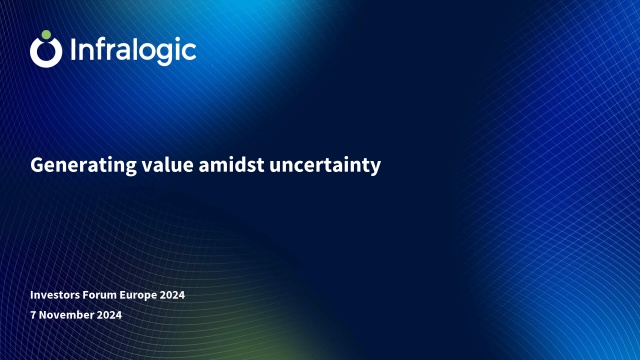 play_arrow
play_arrow

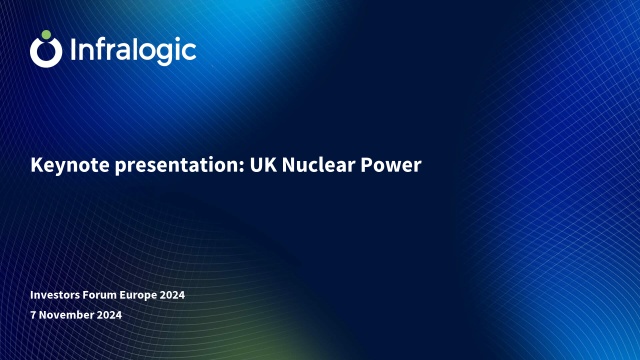 play_arrow
play_arrow




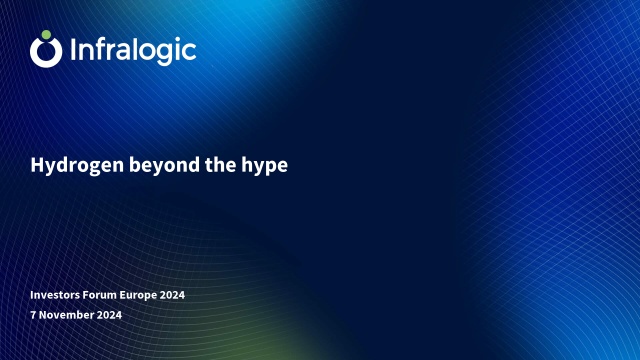 play_arrow
play_arrow






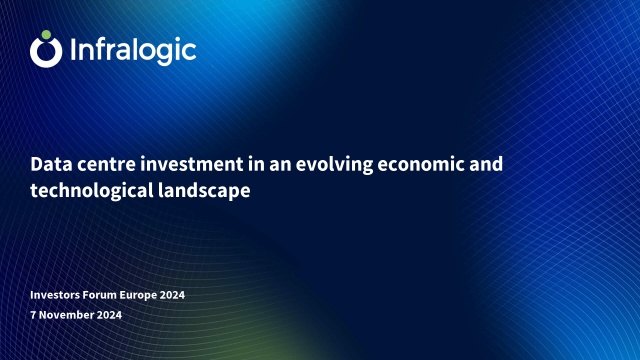 play_arrow
play_arrow




 play_arrow
play_arrow


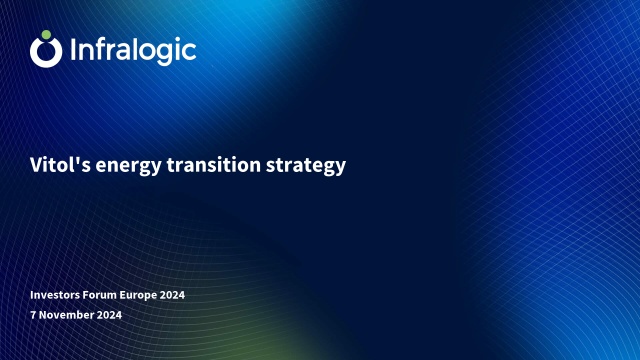 play_arrow
play_arrow





 play_arrow
play_arrow






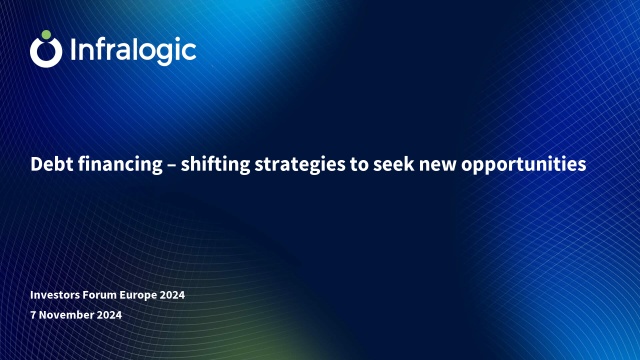 play_arrow
play_arrow
 play_arrow
play_arrow




























